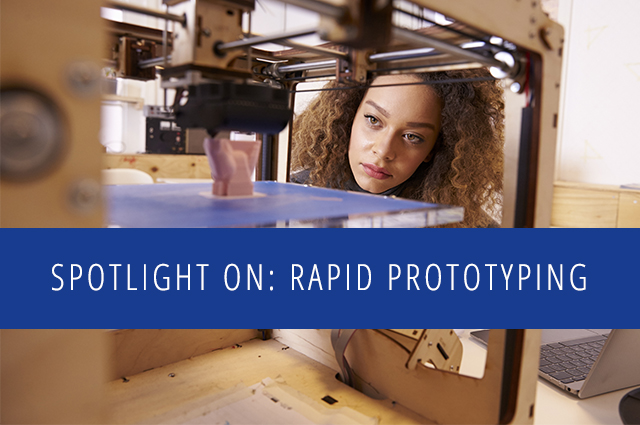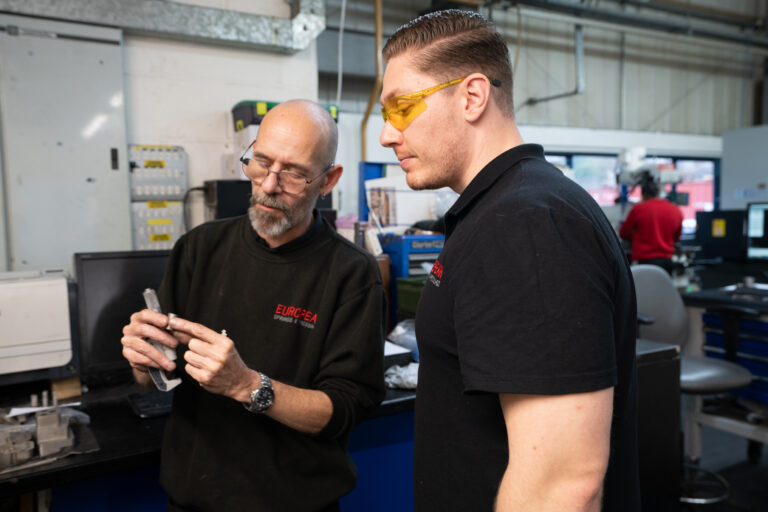Producing a three-dimensional model of a product alongside a digitally-rendered visualisation, modern rapid prototyping projects are created through additive layer manufacturing technology. This relatively recent technology became available in the late 1980s and quickly became an important asset for a wide range of industries and applications, such as springs.

How Does It Work?
Rapid prototyping is an additive process, which means that it utilises materials such as adhesives, thermoplastic, and photopolymer. It differs from conventional processes, which are compressive and subtractive. Rapid prototyping, however, constructs objects through joining particles or layers of a variety of raw materials.
Additive layer manufacturing requires the design to first be made through the use of CAD software. This digital blueprint allows engineers to predict the final end product and how the structure will behave, so the design itself is a vital part.
The CAD design is then converted to a .stl file, or standard tesselation language, to allow the printer to interpret the instructions. Both the printer and the orientation fo the design must be configured properly before the manufacturing process. When the printer is working, occasional checks will be required to ensure that no errors are occurring during printing.

Why Use Rapid Prototyping?
This technology is utilised for 3D printing, additive manufacturing, and free-form fabrication. It allows for quick and inexpensive manufacturing through the construction of a prototype before the final end product. Differing from conventional prototyping, which can take weeks or even months to produce a prototype depending on the method and the raw materials, rapid prototyping makes these prototypes much quicker. The technology provides several benefits for a wide variety of industries:
- High-quality end product
- Short lead times
- Extreme accuracy before construction
- Increased cost-efficiency
Able of building parts with small cavities and components, it also allows for a quick manufacturing process of complex systems that could otherwise take a long period of time to be developed. The real product of the project can be seen in an early stage of the process, if not at the beginning of it, ensuring that every detail is accounted for from the beginning.

Rapid Prototyping vs Conventional Methods
Conventional prototyping methods are unlikely to disappear completely, particularly in the near future. Although still widely utilised, some projects benefit more from rapid prototyping. Providing a highly effective way of working for many industries, it requires less intervention from engineers while still providing higher precision levels.
As rapid prototyping allows for direct printing from a CAD model, it reduces the possibility of human error that can compromise a project. The creation method utilised by rapid prototyping makes this technology completely different from any other, as it is an additive method. Eco-friendly and efficient, it allows for bigger and more intricate designs to be produced in prototype form.
Inexpensive and highly cost-efficient, rapid prototyping is an ideal solution to view projects before the end result. At European Springs we always ensure every project is of the highest possible quality to ensure that we meet your requirements. From springs found in our catalogues to bespoke solutions, you can get in touch to know more about our services.







